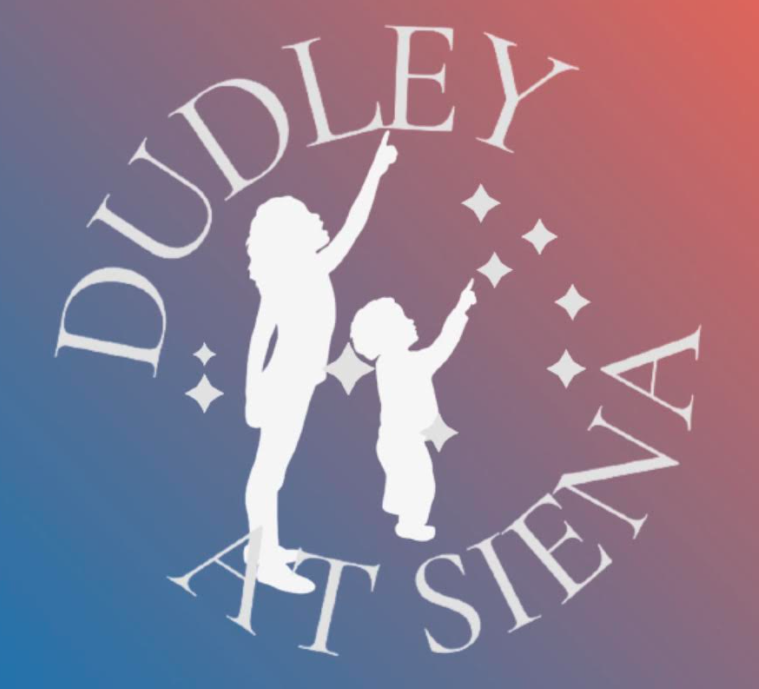Skywatch Line for Wednesday and Thursday, April 23 and 24, 2025, written by Alan French
This is Dudley Observatory’s Skywatch Line for Wednesday and Thursday, April 23 and 24, 2025, written by Alan French.
The Sun rises at 6:01 A.M. on Wednesday and sets at 7:47 P.M. On Thursday it rises at 5:59 A.M. and sets at 7:48 P.M. This Thursday has just under 19 minutes more daylight than last Thursday.
The Moon reached last quarter this past Sunday and is now moving toward new. A crescent old Moon will be visible low in the sky just before sunrise. On Wednesday at 5:30 A.M. a 26% sunlit Moon will lie 14 degrees above the east southeastern horizon. Bright Venus will be 24 degrees to the Moon’s left and lower in the sky, 11 degrees above the horizon. Saturn, almost 6 magnitudes fainter than Venus, will be 4 ½ degrees below and slightly right of Venus. If you have a clear view low to the east, look for Mercury to the lower left of Venus, appearing slightly brighter than Saturn, just under 3 degrees above the horizon. Mercury will be 11 degrees from Venus. If the skies are hazy binoculars may aid in spotting Saturn and Mercury.
At 5:30 A.M. Thursday the Moon will be more toward the east, just under 11 degrees from Venus, 16% in sunlight, and 11 ½ degrees high. Mercury will be slightly higher than on Wednesday and 11 ½ degrees from Venus.
Friday morning will bring the tightest grouping of the crescent Moon, Venus, and Saturn, but the trio will be considerably farther apart than some media has shown in their graphics, with only the vaguest resemblance to a smiley face. Apps can easily portray the night sky correctly, so it is a puzzle why people create inaccurate and misleading graphics for celestial events.
At 5:30 A.M. Friday, and 8.5% illuminated Moon will be 8 degrees high and toward the east, with brilliant Venus and fainter Saturn not far away. Venus will be 5 degrees to the upper right of the lunar crescent, while Saturn will be just less than 5 degrees to the right of the Moon. Venus and Saturn will be 4 degrees apart, 8 times the half-degree angular diameter of the lunar crescent. Mercury will be 7 degrees to the lower left of the Moon and 3 degrees above the horizon.
Our hands can be used to estimate sky distances. A fist held at arm’s length spans 10 degrees across the knuckles. Our first three fingers, held together at arm’s length, span 5 degrees across their tips. Held at arm’s length, the tip of a pinkie spans 1 degree.
The Moon will be new next Sunday afternoon.
